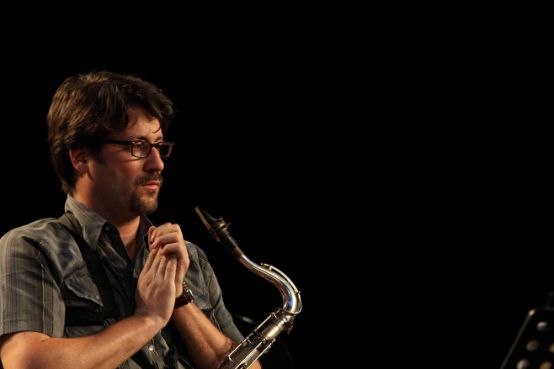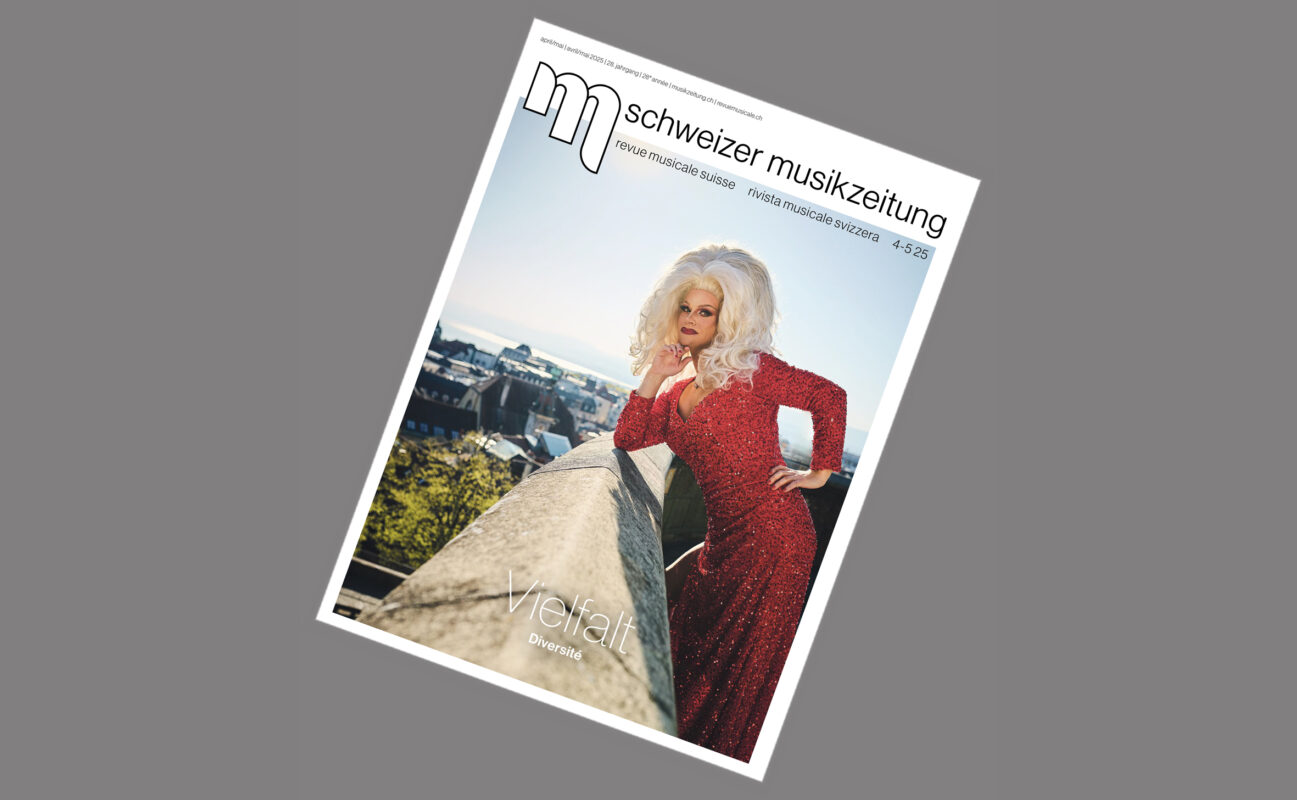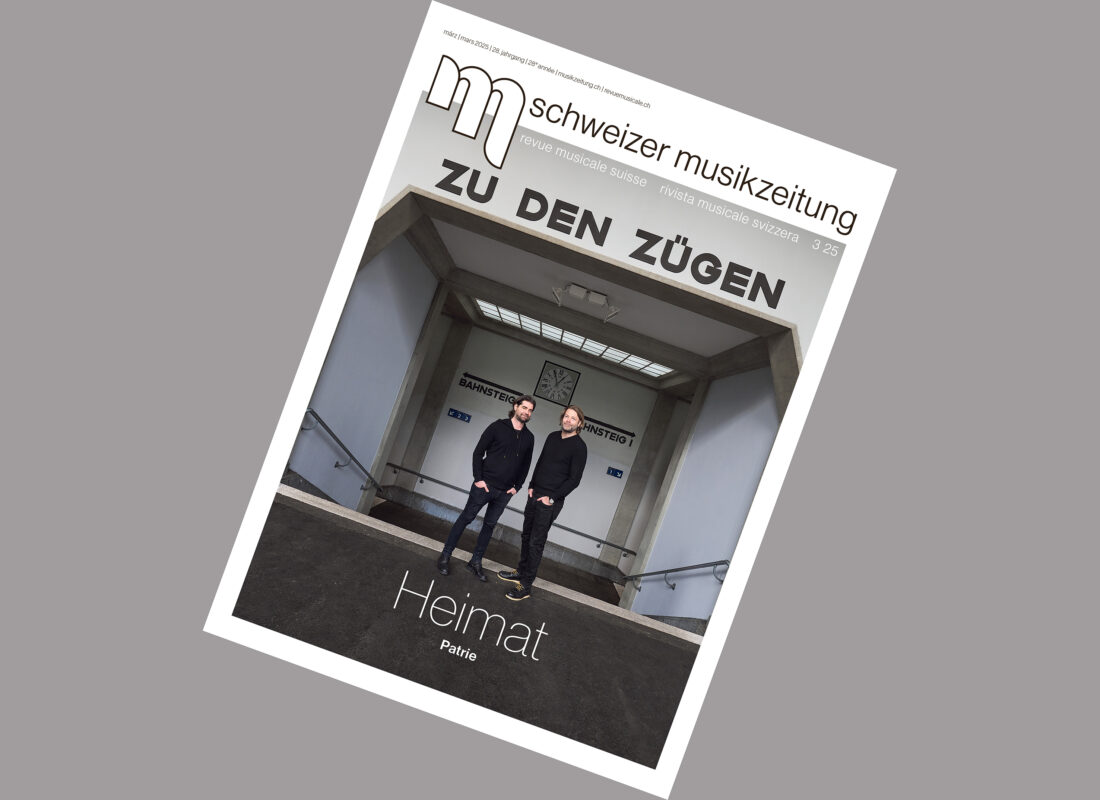Bite into the Big Apple
They are talented, solidly trained, active in the local scene - and then they leave for a while or permanently. What makes jazz musicians decide to settle in America, especially in New York?


They are talented, solidly trained, active in the local scene - and then they leave for a while or permanently. What makes jazz musicians decide to settle in America, especially in New York?
Pianist Sylvie Courvoisier had barely graduated from the conservatory in Vevey when she threw herself into the cauldron of contemporary music in Brooklyn around John Zorn. Having become part of this world, she has recorded around thirty CDs with the big names on the scene to date: Ellery Eskelin, Fred Frith, Joey Baron ... Together with her husband, violinist Mark Feldman, she performs all over the world.
Some of them venture across the pond to continue their training. Harmonica player Gregoire Maret, who graduated from the Conservatoire Supérieur de Musique de Genève, now plays with Cassandra Wilson, George Benson, Marcus Miller, Elton John and Sting. He is a great on his instrument like Toots Thielmans.
Daniel Schnyder, for example, had settled in New York before them. He composes chamber music, arranges and produces jazz. He was recently invited by the Orchestre de Chambre de Lausanne for a carte blanche evening. This can often be observed: When those who have emigrated have established themselves, they come back, either as sought-after guests or to settle here again, like saxophonist George Robert. After performing all over the world with the legendary Phil Woods and later with the fabulous trumpeter Tom Harrell, the Geneva native settled in Bern, where he ran the Swiss Jazz School for ten years. Today he is responsible for the jazz department at the Lausanne School of Music.
This exchange is by no means surprising for music that originated in North America. Following concerts by Duke Ellington and Sydney Bechet on the old continent and the subsequent bebop wave, jazz schools were founded in this country in the 1960s. The Swiss Jazz School in Bern was the first in Europe. Today, in view of the ever closer interpenetration of American and European practices, it is hard to say who influenced whom and in what way.
"Musically, the USA brings nothing"
Ohad Talmor is one of these border crossers. He lives in Brooklyn and teaches once a month via Skype at the Geneva Conservatory. He completed both his schooling and his musical training partly in Switzerland and partly in the United States - in classical music and jazz. Martha Argerich and Steve Swallow were his teachers, but also Lee Konitz, with whom he has recorded six CDs and toured the world. When asked about the influence of American playing styles, he says categorically: "Musically, the USA brings nothing. (...) It is the unique concentration of exceptionally good musicians that makes the stay worthwhile."
Talmor sees a difference on the economic side: "Business always has the upper hand in the USA. Music is primarily seen as 'entertainment', as art it has a hard time. The fees are significantly lower than in Europe and concerts are organized by a few enthusiasts on their own initiative." Talmor himself co-founded a venue that focuses on creation: Seeds in Brooklyn. The program mainly features improvised music, and a number of Swiss musicians, such as Jacques Demierre, Nicolas Masson and Jean-Lou Treboux, are regular visitors.








